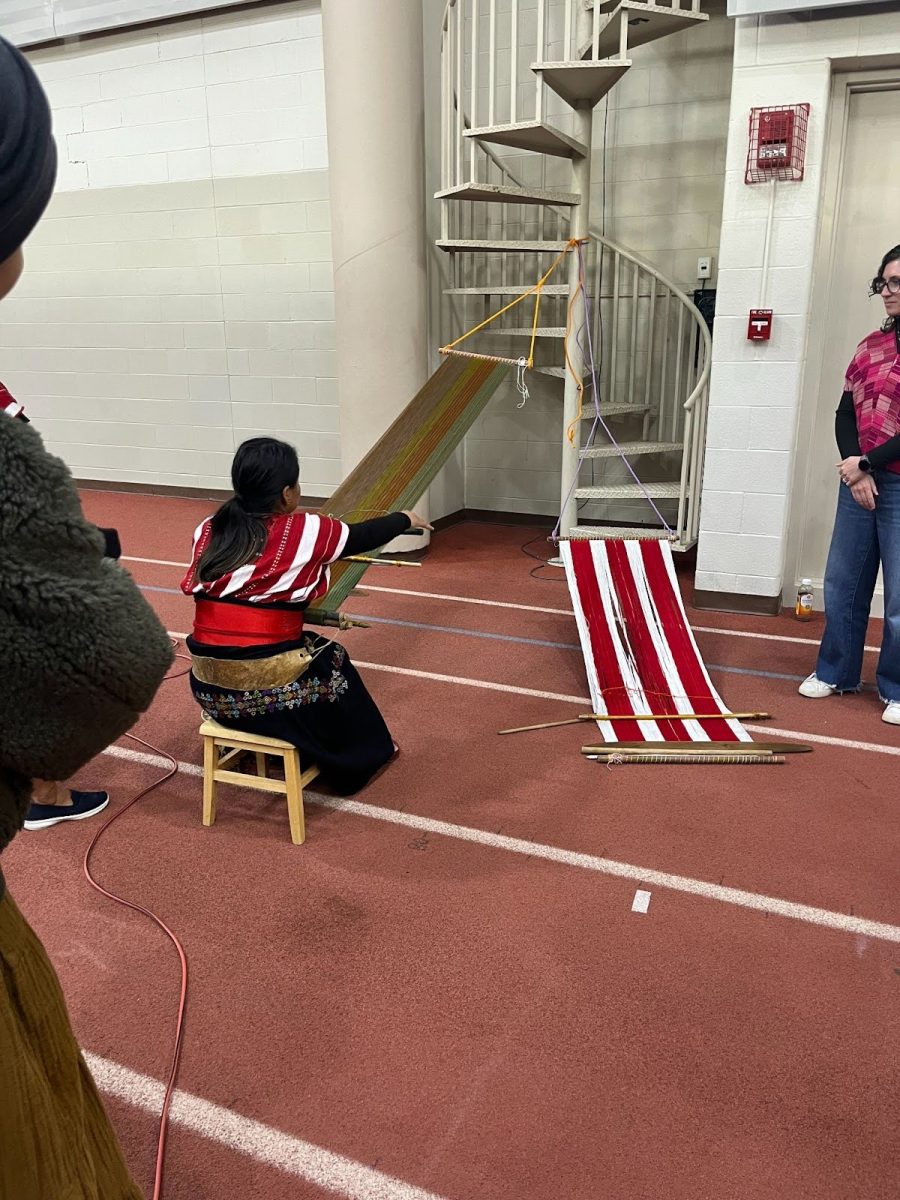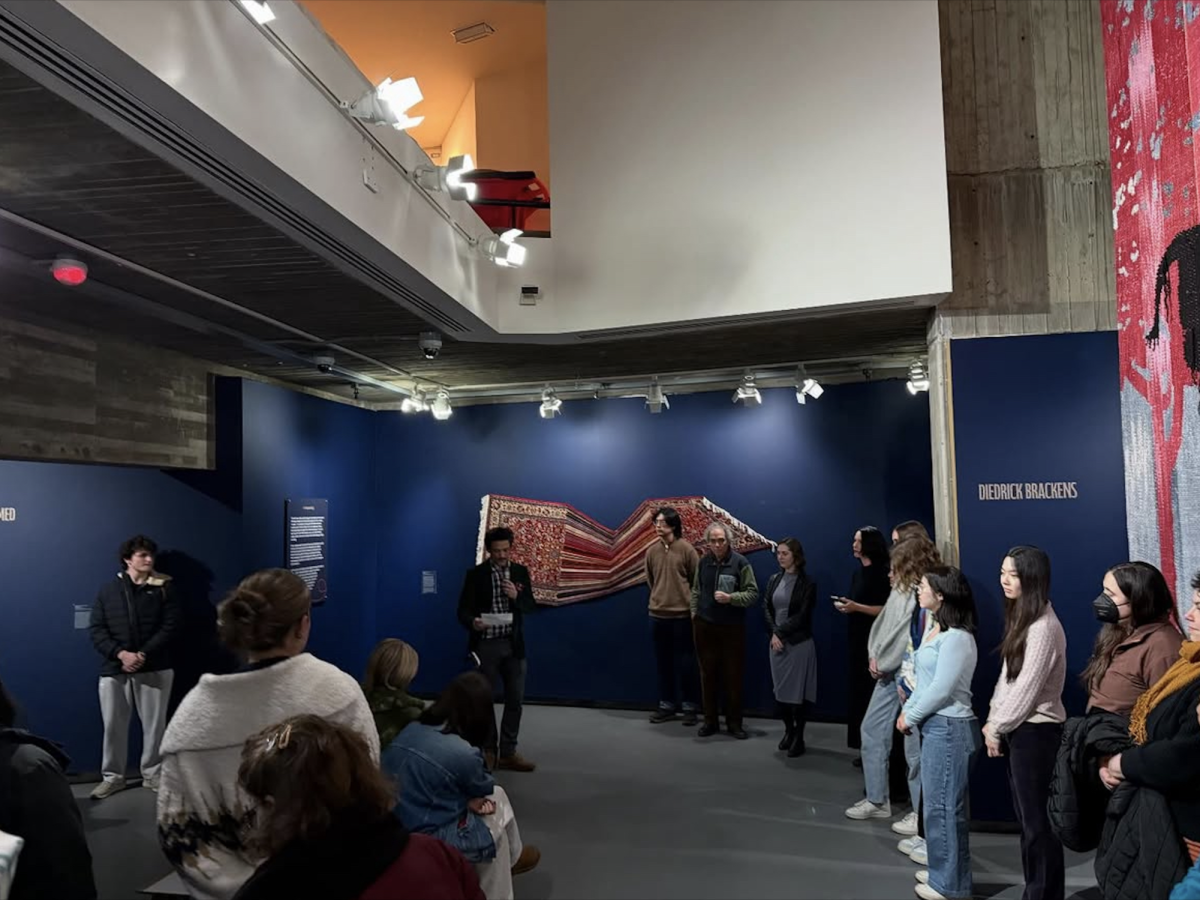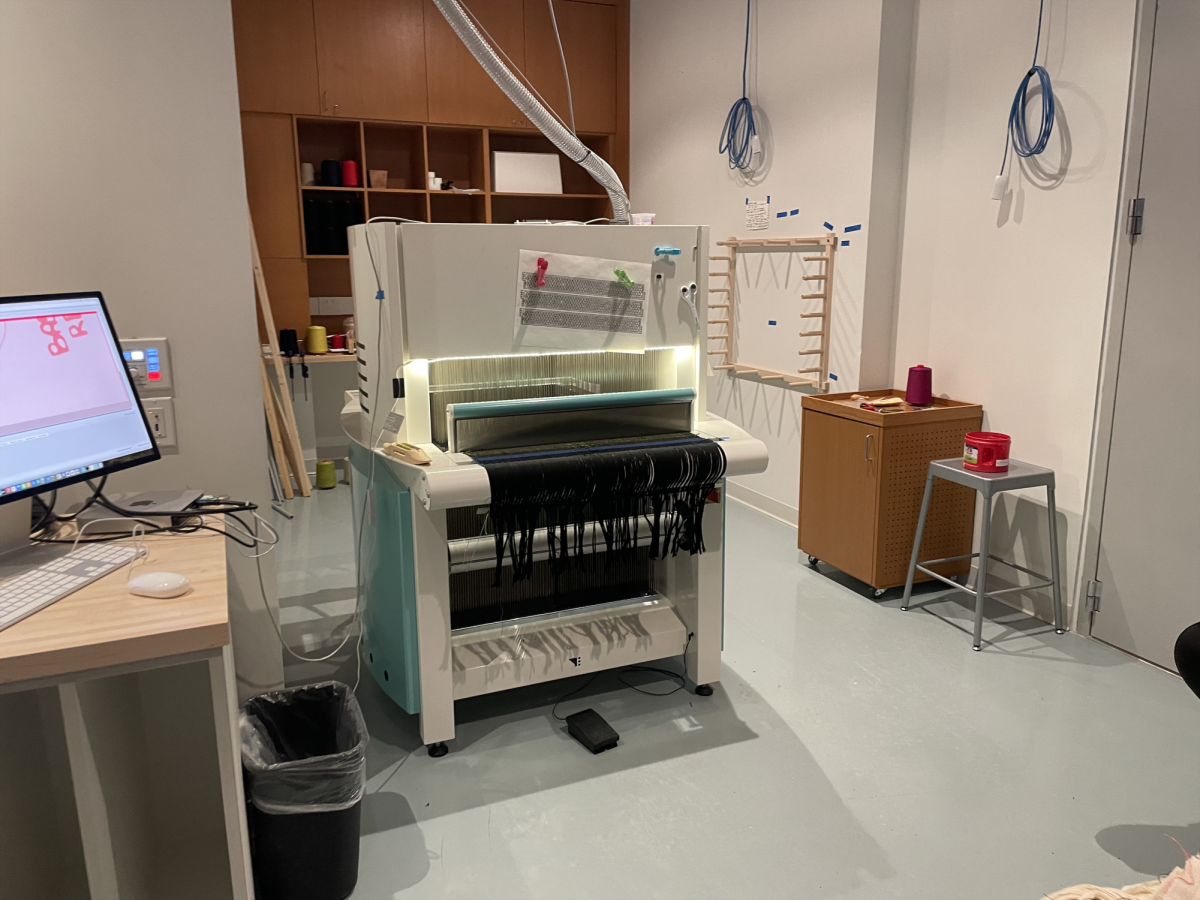In a vibrant celebration of culture and craftsmanship, Colgate University’s Indigenous Nations Festival brought together artisans and cultural enthusiasts on Oct. 26, offering a vibrant homage to the traditions that have been part of Indigenous communities across generations.
The festival had many cosponsors on campus and featured a wide range of craftwork, including soapstone carvings, landscape photography, beaded jewelry and intricate textiles. Each item on display highlighted the artisans’ devotion to both preserving and evolving their respective cultural art forms.
One of the highlights was a series of weaving workshops led by the Jalabil women’s weaving collective, a collective of Mayan women from Oxchuc, Chiapas, Mexico. Their artist residency was hosted by the department of History and the Longyear Museum of Anthropology as well as other cosponsors.
Artists Teresa Gómez Sántiz, Analí Gómez Sántiz and Consuela Sántiz Gómez conducted these sessions, marking the Jalabil’s international debut during a two-week residency at Colgate where the weavers held two workshops, a textile sale at the Hamilton Farmer’s Market, a Tseltal language lesson and participated in a Gender, Entrepreneurship and Inequality Roundtable. This residency celebrates the addition of two Jalabil pieces to the University Museums’ permanent collection.
In Tseltal, a Mayan language, the three weavers shared how their art balances tradition and modernity, explaining that they only weave during the day and tether their looms to the trees near their homes. Yet according to the women, their designs have also transformed over time.
“We have innovated with our traditional designs over time, both in the cuts but also in the designs and color schemes,” the weavers shared with the help of a translator.
By merging traditional techniques with updated silhouettes and vibrant modern patterns, the weavers have created a fusion that captures all who encounter their work.
Among the festival’s artisans was also Ina Mae Lyons of the Onondaga Nation, Hawk Clan, whose booth showcased hand-burned wood pieces and acrylic paintings that celebrate feminine power.
“I picked up painting just to pass the time, and then I realized how much our bodies change, and how magical a woman’s body really is,” Lyons said.
Her work reveres both womanhood and her Indigenous roots, with sketches of deer, hawks, wolves and beavers — each symbolizing clans in her community.
Another featured artist, Jolene Patterson, a talented beadwork artist and photographer, proudly upholds her family’s creative legacy. As the niece of renowned sculptor Diane Schenandoah and Grammy-winning singer Joanne Shenandoah, she reflected on her upbringing.
“My grandmother always told us that the Creator gave you a gift, and you have to use that gift otherwise you will lose it,” Patterson said.
Her booth featured delicate beaded chokers, each piece a testament to her labor and creative spirit.
“I pour in my blood, sweat and tears, and when I see the final product, I know I’ve made something beautiful,” Patterson said.
Though the festival wound down in the early evening, its impact resonated. Amid a world where mass production often overshadows craftsmanship, the event stood as a powerful reminder of the beauty of tradition and the enduring bonds of art, identity and community in Indigenous cultures.
Correction Appended Nov. 8, 2024: A previous version of this article stated incorrect information about the sponsorship and cosponsorship of the Indigenous Nations Festival, this information has since been corrected.



















